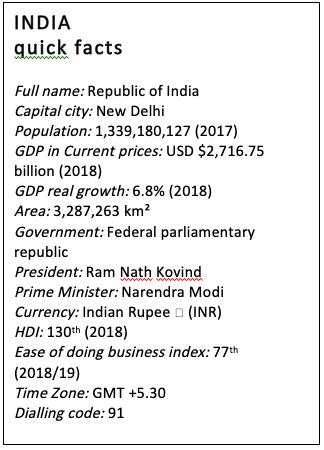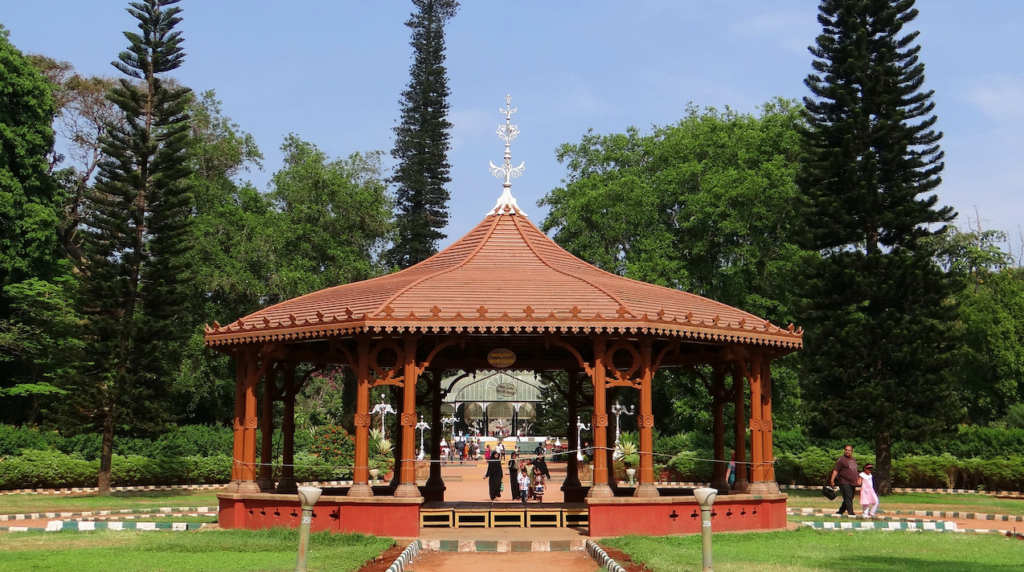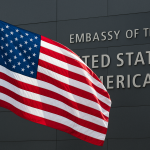
Bengaluru quick facts
State: Karnataka
Area (City): 709 km²
Area (Metropolitan): 8,005 km²
Location: 12.59°N, 77.35°E
Altitude: 920 metres
Average high °C: Apr 34°, Nov 27°
Population: 13.958 million (2019 estimate)
Languages: Kannada (official), Tamil, Telugu, Urdu, Hindi, English
Religion: Hindu (79%), Muslim (14%)
Main industries: IT, Biotechnology, Electronics
City GDP: $83 billion (estimate)
Time Zone: GMT +5.30
Telephone area code: +91 (0)80
Bengaluru – also known by its Anglicised name of Bangalore – is one of the fastest growing cities in the world. It is situated in southern India high on the Deccan Plateau at an altitude of over 900 meters above sea level. From its establishment as a hill-fort in 1537, the city has doubled its population in the past two decades to become a megacity and the IT capital of India.
The earliest references to Bengaluru date back to the 9th century when the region was ruled by the Western Ganga Dynasty (c.350 – 1004 AD). An inscription carved into a commemorative stone found in Begur Fort marks Bengaluru as a place where a heroic battle was fought in the year 890. The Nageshvara temple complex dates back to the 9th and 10th centuries as one of many historic temples located within the Bengaluru urban area that have survived from the Western Ganga Dynasty and the succeeding Chola era.
The modern city was founded in 1537 by the Vijayanagaran vassal Kempe Gowda I as a mud-brick fort and the town was further developed by his successor Kempe Gowda II. Over the next three centuries, the city changed hands several times and became an important commercial and military centre within the Kingdom of Mysore. In 1791, British armies captured and successfully defended the fort during the fourth and final conflict of the Anglo-Mysore Wars. In 1799, the British returned the administration of Bangalore to the Maharaja of Mysore, but retook administrative control in 1831 following allegations of misrule.
Bangalore became a major garrison within the British Raj and a town quickly grew around the garrison. In 1853, telegraph connections were made to all the major Indian cities and six years later the railways came to Bangalore. Under British rule, Bangalore flourished as a cosmopolitan cultural centre, with new and improved health facilities, the introduction of house building regulations to improve sanitation and – in 1906 – electricity from one of the first hydroelectric plants to be situated in India.
The Garden City of India
Many of Bangalore’s architecturally historic buildings date from this period, including the Attara Kacheri (built in 1864) which today houses the Karnataka High Court, the State Archaeological Museum (1876) and the Bangalore Palace (1887), which was built in a Tudor architectural style. In 1864, the British engineer Sir Richard Sankey designed and created what is now called Cubbon Park, a public area of landscaped gardens, natural groves, exotic flora and tree-lined avenues with marble statues. Originally around 100 acres in size, the park has since expanded to around 300 acres and has been called the ‘lungs’ of the city. Cubbon Park also played a major part in the Silver Jubilee celebrations of the Maharaja of Mysore Krishna Raja Wadiyar IV, giving rise to Bangalore’s reputation as the Garden City of India.
India gained its independence from the UK on 15 August 1947 (celebrated annually as Independence Day), after which Bangalore was confirmed as part of the new Mysore state. In 1949, the two urban municipal boards (city and cantonment) were merged to form the Corporation of the City of Bangalore. The population began to increase rapidly, from 406,760 as at the 1941 census to 778,977 at the 1951 census, as many migrants from other parts of the state moved to Bangalore because of the public sector manufacturing employment opportunities and its education facilities.
The State of Mysore was enlarged in 1956 to encompass other areas where Kannada was widely spoken as part of the reorganisation of India’s states based on linguistic and cultural criteria. Bangalore was selected as the state capital and the state was renamed Karnataka in 1973. Today, Karnataka is the sixth largest state in India with an area of 191,791 km² and a population of around 68 million, making it India’s 8th most populous state.
Rise of the megacity
By the time of the 1961 census, Bangalore’s population had exceeded one million and it continued to grow with the influx of many immigrants from Northern Karnataka. The city boundaries also grew as many public and private manufacturing companies opened plants and several national technological organisations including Hindustan Aeronautics Limited (HAL) and the Indian Space Research Organisation (ISRO) established their headquarters in Bangalore. During the 1970s, the state government demarcated a large area of land outside Bangalore to create an electronic city. In 1984, Texas Instruments was the first multinational corporation to open a base in Bangalore and as more IT companies and scientific institutions developed, the city soon gained the reputation of being the ‘Silicon Valley of India’.
Between the 2001 and 2011 censuses, Bangalore’s population mushroomed from 5.1 million to over 8.4 million and is still booming today, making it the 3rd most populous city in India and one of the fastest growing megacities in the world. Following the renaming of Bombay as Mumbai in 1995 and Calcutta becoming Kolkata in 2001, the local politicians and historians proposed in 2006 that the anglicised name Bangalore should be dropped; the federal government of India eventually agreed and on 1 November 2014, the city formally changed its name back to Bengaluru.
Getting around Bengaluru
Bengaluru’s international airport is situated approximately 40 kilometres to the north of the city near the village of Devanhalli. Original named Bangalore International Airport when it opened on 24 May 2008, it was renamed Kempegowda International Airport in 2013 but is still known by the IATA code of BLR. It is India’s third-busiest airport by passenger numbers, handling 33.3 million passengers during the 2018/19 fiscal year. It is currently embarking on an expansion programme with the building of a second runway, second terminal and wider access roads being constructed.
Currently there are no direct rail links to the city from the airport, although there are plans to extend the North-South line of the new Namma Metro rapid transit system to the airport by 2021. A fleet of luxury air-conditioned Volvo buses operated by BMTC provide shuttle services to and from various parts of the city and are an important and reliable means of public transportation for commuters. Taxis are generally fairly expensive and need to be booked in advance online or by telephone. A more popular form of transport are the three-wheeled auto-rickshaws, traditionally coloured yellow and green, which accommodate up to three passengers and are a great means for exploring and experiencing the vibrancy of the city.




